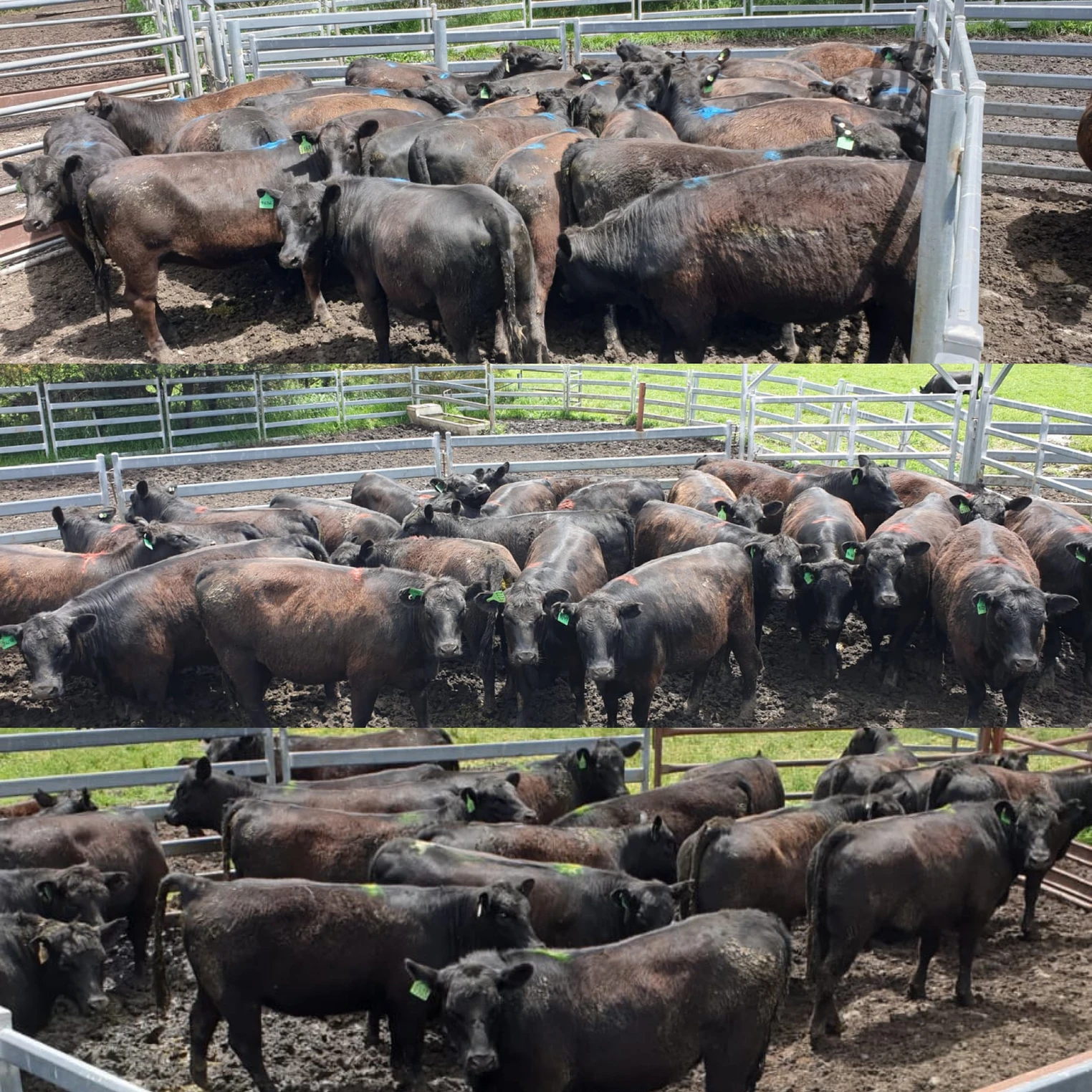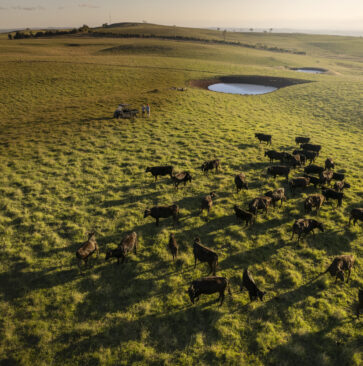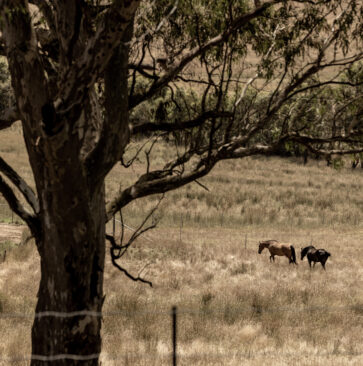What a change! Writing this newsletter is so much more fun in an ocean of green grass with happy cattle everywhere, good prices and the prospect of more rain looking very good.
We have been thrilled to provide good Wagyu bulls to a number of old and new clients who all seem very happy. While we still have some excellent bulls in stock the tendency has been for clients to buy the best genetics they can find. This is relevant to the second part of this newsletter which deals briefly with the Australian Wagyu Association (AWA). Clients, and their advisors, are largely buying bulls on the back of the EBVs (Estimated Breeding Values) and Dollar Indexes published by the AWA. This has meant that there is much less focus on the pedigree and presentation of a bull and more focus on the key EBVs and the accuracy of these numbers.
Progeny Test
As part of our commitment to getting better data on our animals we are undertaking a structured Progeny Test using angus heifers. This involves our 136 heifers which we are joining to Wagyu this year. The objective of the progeny test is to create Contemporary Groups of cattle. That is groups where the joining, calving weaning feeding and processing will be kept as consistent as possible.
In terms of joining we have structured our test program to compare three bulls. Two from QGI (Quality Genetics International) and one favourite of JBS from Trent Bridge as a reference sire. The two QGI bulls are Mayura Pioneer, ADBFP0879 and LTCFQ122. They both have top 5% or better index values. The sire from Trent Bridge is J77. He does not perform particularly well in terms of his EBVs but has consistently produced outstanding carcases for JBS.
Our 136 heifers include about 90 which we purchased in two separate transactions, as replacements for the animals we had to sell because of the drought. Therefore, to get good contemporary groups we first drafted all the heifers into 3 groups, of about 45 animals, one for each sire, making sure that there were equal representations of all the heifers from each source in each group. The three groups of heifers were then prepared for AI with different coloured cattle paint for each of the three sires. Mayura is blue, Q122 is red and Trent Bridge heifers are yellow. The photos below show the cattle drafted by colour.
Following the AI, which is done in two mobs we will wait a week and then use excellent Koolang Wagyu cover bulls on all the heifers. We expect to get better than 50% strike rate on the AI which will give a good sample of 20+ calves from each of the sires being tested. The calves will be born next July. We then have to make sure we get the calves to feedlot entry weight at the same time and then try and ensure that they are all processed on the same day. In about 35 months we would hope to get some extremely good data from all the calves in terms of key variables such as growth, carcase weight, marbling, marbling fineness and so on.
Getting good data on the performance of different sires in the cattle business is a long, slow and expensive process.
Australian Wagyu Association (AWA)
As I write this note there is an important election taking place for new Directors of our breed association, The Australian Wagyu Association. This election has been marked by high tension and some drama. There have been accusations made which would make any normal person blush. The essential reason for the tension is that the AWA has control of Breedplan and drives future development. This is a critical and very valuable economic resource.
In effect there are two groups competing for control of the association. One represents a number of key industry players who were responsible for helping to make the EBVs as popular as they are. This is the group led by former President, Scott de Bruin. The other led by the current President, Mike Buchanan has been active in expanding the data held on the AWA system to include data on the origin of each animal in terms of its Prefectural origin in Japan.
I will not make any suggestions as to how to vote if you have not already done so.
When I was a Director of the AWA, we had similar issues with high tension among the Directors. By all accounts this is typical of most agricultural industry bodies. Thinking about this it is not surprising. Breed Societies are typically volunteer organisations whose governance is determined by democratic elections, in other words without reference to the economic interests of the individuals. A major corporate player with tens of thousands of animals has the same power as a hobby farmer with 10 cows. It is not surprising that two of the largest players in our industry AA co and Gina Rinehart’s Hancock Agriculture are not active participants in the AWA and breed plan. It is reasonable to assume that they do not trust the governance of the system and feel that they have sufficient scale to obtain enough data from within their own operations. This is most unfortunate.
In many other agricultural industries the control of data and seedstock operations has long gone from the “breed society.” In poultry the entire global seedstock production is now concentrated in three or four very competitive corporations. They all do intensive research into the genetics which will make commercial poultry businesses more successful. The research is sometimes shared.
It is too important to be the subject of the sort unseemly behaviour which has characterised this election. It seems to me that we may need to review the role of the breed society in governing the key data which is driving the industry. Would it be better if normal commercial principles were allowed to govern the development of the data? If there were two or more competitive providers of breedplan data would we get better answers? How would commercial providers of breedplan data acquire the necessary widespread and costly data from appropriate Contemporary Groups of cattle?
It will be interesting to see what happens in the election and after.



